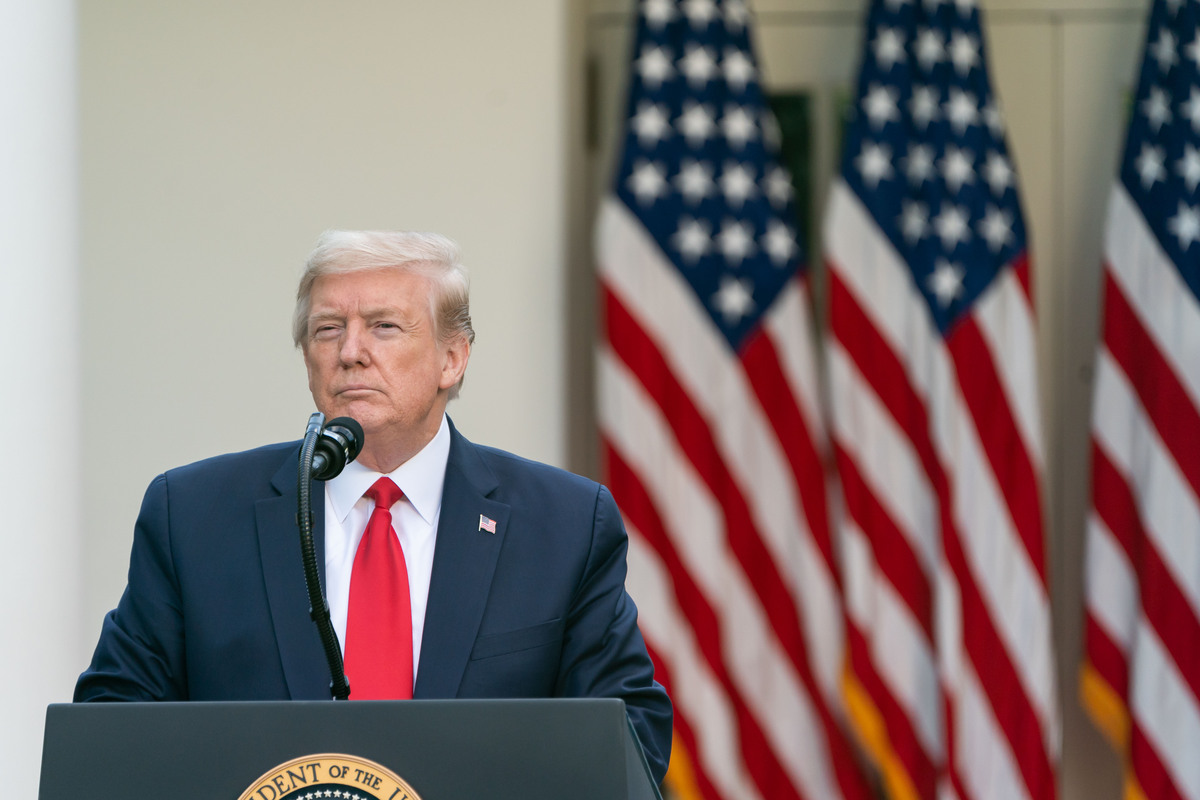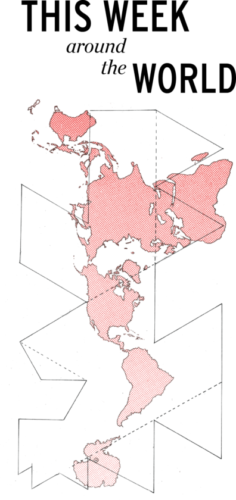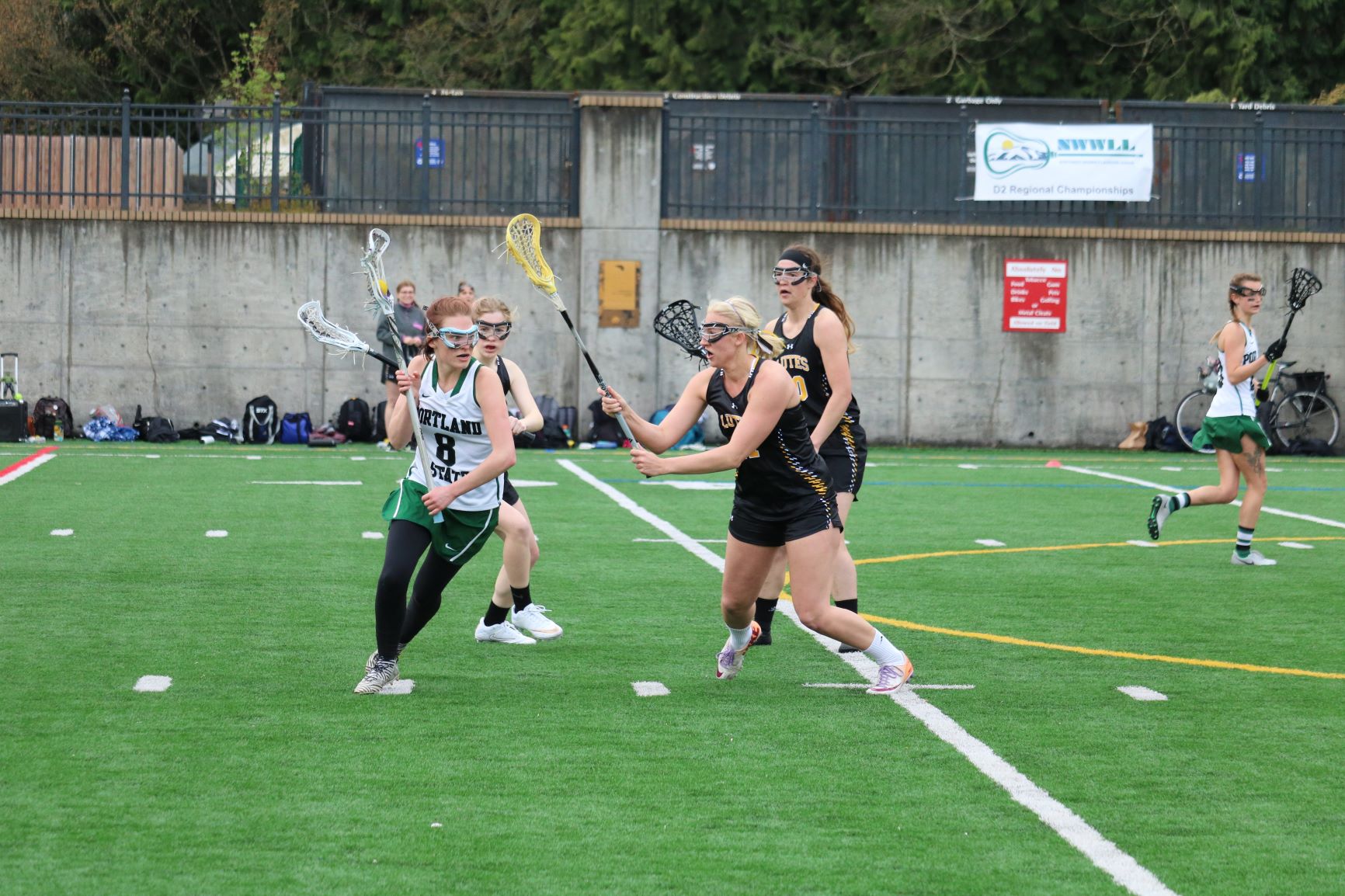Lillie Clarke and I like to joke, someday we will get married.
Colors: lavender and buttercup. Cake: strawberry. Dress code: dapper, but you do you. Venue: either Portland gothic cathedral or Mall of America. First dance: the macarena. Honeymoon: hike through Europe, all of it.
The joke is after the paperwork is signed and filled, we will have the same name. I will change my first name’s spelling to hers, and she will take my last name. She will become Mrs. Lillie Lamadrid and I will become Mrs. Lillie Lamadrid. These are not daydreams, but certainties. The kind of faux intimacy only birthed of a pandemic. Sweet and bitter and perfect for passing the time.
…
On June 27, 2019, Lillie messaged me on Tinder: “Is it cute or creepy that we have the same name?”
I did not respond. I can’t tell you why exactly. I think I honestly never saw the message. After a tepid spring less-than-romance, I swore off romantic exploits for the summer. And then deleted Tinder.
While I was coming to terms with the reality that not everyone is as special as they seem, Lillie was swiped to the right. Life went on. Then, the pandemic started.
So I re-downloaded Tinder just for kicks, and on Saturday, April 18, 2020 I responded: “I never answered your question from almost a year ago. So is it cute or creepy if I respond by saying I think us having the same name is cute not creepy?”
…
COVID-19 is changing everything about dating.
According to an article on fastcompany.com, there has been a 20% rise in daily conversations on Tinder, with a 30% increase on OkCupid.
Match.com has added a hotline to its website to help people plan virtual dates, so that the masses are not running out to canoodle in spite of social distancing. The dating site has even added a feature that allows hot singles in your area to attend a virtual happy hour.
Tinder has an entire web page devoted to “connecting in the time of COVID-19.” The first bullet point is, “adhering to guidance from experts.” Included in this bullet point is a link to the World Health Organization’s website.
For college students, Tinder U—a service that connects students on college campuses to other students by verifying school emails—has been expanded to keep students connected even when away from campus.
As for the rest of the world, Tinder is letting its users travel. Its normally paid for “Tinder Passport” feature has been made free through April 30. This feature allows users to place themselves anywhere in the world to potentially match with others—“If nothing else, learn how to say ‘hey’ in another language,” the page encourages.
…
It was a Sunday. I promised a moonlit dinner of instant mac and cheese in the shape of Frozen characters on the Tinder chat.
I did my hair and makeup. Eyeliner, then mascara, then Boy Brow, then highlighter, all the while thinking up interesting questions. What is your favorite food? What do you think of astrology? What do you think of astronomy? Water: thoughts? You know—all those questions that get the girls.
Maybe I was nervous. I was probably nervous. I was very, very nervous.
“Is this a good angle?” I asked Eliza, my best friend and a burgeoning comparative psychologist, who’s very good at lighting.
“I think put the camera a little higher, maybe tilt the lamp again,” Eliza said.
We got the lighting right, Eliza wished me well and I waited.
I called at 8:00 p.m. on Sunday, March 19. Lillie picked up. She was a vision. Peachy hair from a quarantine dye job. Eyes for days—I could not see her legs.
“Hello,” I said.
“Hi,” she said.
We weren’t sure what to do. I suggested we answer the 36 questions that appeared in The New York Times, designed to make two people fall in love—how smooth.
I cannot remember the answers, but I remember the tangents. We slowly found we were connected by more than a name. Both sets of parents got divorced when we were three. We are incredibly close to our mothers. We have 12-year-old half brothers to whom we do not speak. Our fathers are absent. The list goes on. We stayed up until 3:00 a.m. the next day.
Around 2:00 a.m., we switched to an old fashioned audio call, both of us wanting to rest our eyes, but also not wanting to hang up.
“It’s tomorrow,” I whispered.
“It is,” she said.
“Will you be my quarantine girlfriend?” I asked to a dark room.
“What does that mean?” she chuckled. I grinned into the void.
“Well, I’d text you good morning, we’d exchange love letters, and do all the sappy long distance dates that are everywhere.”
“Okay, I’ll be your quarantine girlfriend.”
…
Most dating during the pandemic falls into one of two categories: constant or long-distance. Some couples are stuck in apartments, but the majority of new relationships are playing out over the internet.
The Atlantic published an article on May 14, 2019 titled “The New Long-Distance Relationship,” discussing how the advent of new technologies has helped couples in long distance relationships. Even before COVID-19 dominated life, couples were living apart. In 2017, roughly 3.9 million Americans over the age of 18 were living apart from their spouse.
Early on, there were letters. Victorian long-distancers Elizabeth Barrett Browning and Robert Browning exchanged poems that are part of the American canon. James Joyce once wrote “Goodnight, my little farting Nora” to his far-away sweetheart. Then, phone calls came. Long distance charges racked up as a testament to love.
Today, almost anyone with a phone can video chat their significant other. A phenomenon known as “background Skype” is proving popular. This is as simple as leaving a video chat open and going about one’s business. We’ve arrived at the point where long distance doesn’t even have to involve words.
Of course, things can get steamier. Autostraddle, a popular lesbian culture website, gives “10 Tips For Better Lesbian Sexting.” While aimed at women loving women, the advice is good for everyone. Consent and communication rest at the article’s forefront. These things, sexy or not, are truly the foundation of any relationship, distant or close.
…
Our first “sappy date” was a binge watch of Taylor Swift music videos. Using Zoom, we watched the classics: “Picture to Burn,” “Tim Mcgraw,” “You Belong with Me,” “White Horse.” All those videos to which the 12-year-old versions of ourselves yearned to relate; to have a love so profound you were compelled to sing with a southern twang over a backing banjo.
Our favorite was “Our Song.” In the tune, Swift sings about how she and her boyfriend don’t have a song. He quickly assures her that they do. Their song is the “slam of screen doors,” and the way they talk “real slow, cause it’s late and [their] momma[s] don’t know.”
“How does talking slow help you evade your mother?” Lillie asked.
“Isn’t it real low?” I said.
Lillie googles it—it is most definitely “slow.”
“Well,” I said. “We don’t have that problem.”
“Oh really?”
“We don’t have a song,” I said. “We have a name.”
…
There are many sappy date ideas. A poll of friends and acquaintances rendered answers like “go to the zoo together!”—many zoos offer livestreams of animals.
“The Louvre is always good.” Quarantined partners can tour the famed art museum virtually.
An article on them.us offers some more options. Perhaps a romantic dinner—I know, total slay with the mac and cheese. Maybe put on a fashion show. “Try putting on a fancy ‘date’ outfit and give each other a twirl through the screen,” the article states.
Partners can also visit home towns or other important places over Google Maps, cook the same meal, binge-watch a series, share a joint playlist or—should partners be artistically inclined—get crafty.
…
On Tuesday we watched Labyrinth with David Bowie. We didn’t so much watch, as talk, while the movie fluttered across our screens. That night we stayed up late, watching 1:00 a.m. come and then go.
This was a rhythm. We would stay up late, then wake up and text in our respective beds, things like: I wish you were here, I want to hold your hand and I want to know what your breathing sounds like.
…
I want to meet Lillie.
“Like really bad, guys,” I said in my Honors 101A groupchat—the most romantic place to declare affection for a girl one has never met.
We’ve talked about meeting and decided to wait until things are better. She will be living in Washington this summer, so we’re monitoring things on both sides of the Columbia River.
Both Governors, Kate Brown and Jay Inslee, have decided to reopen the Northwest in stages.
According to KGW, Brown wants to see an increase in testing and a decrease in cases. From there, things would begin to slowly reopen in stages.
At first, all vulnerable individuals would still be encouraged to shelter in place. When in public, others would need to wear masks and maintain a six-foot distance as much as possible. Non-essential travel would need to be minimized. Those who could would still telework from home.
If all held—cases didn’t spike, hospitals could manage capacity—for two weeks, Oregon would move to phase two.
In the next phase, more things would open. Bars could be open as long as people were six feet apart. More people would return to work. And then, we would all wait two more weeks.
Of course, this is just a draft, and according to the article, as of April 23, Oregon’s COVID-19 cases are still on the rise.
…
I can’t tell you what her hair smells like or what her chapstick tastes like. All those little things.
Last night we fell asleep together. It was Saturday night. At 11:30 p.m., Lillie murmured: “Should we go to sleep?”
“Five more minutes.”
“I like this,” I said.
“Me too,” Lillie whispered.
Then a few moments passed. I said, “I like you.” I got no response.
“Lillie?”
“Mmm asleep,” Lillie muttered against her pillow.
“I’ll stay up and end the call in a bit, you go to sleep,” I said.
I laid in my bed—eyes closed, just barely able to hear my quarantine girlfriend breathing on the other end of the line. After about 15 minutes, I hung up and fell asleep.
…
In a week since our first date things have changed. I changed the settings on my phone, making it so she bypasses Do Not Disturb. At the time, I thought, isn’t this for parents with children? Or the children of parents with infirmities?
I started to plot out how long it takes to drive to her small town up the Columbia River Gorge where she will be residing over the summer. “You drive on the Oregon side, not the Washington one,” Lillie said, as though such things are self-evident.
I started listening to the songs she recommended, “Think Softly” by Clairo on endless repeat. We did homework—FaceTime whispering in the background.
I started to imagine a life where there wasn’t a virus and people weren’t dying and I could hold my quarantine—no—my girlfriend’s hand.
I know this is preposterous. I write this article on our one-week anniversary, and while I estimate that in the last seven days we’ve talked for 28 hours, that’s still not a lot of time. But in the age of COVID-19, time is relative and loses some of its meaning.
I haven’t been to the grocery store in weeks. I haven’t gone to church in a month. All the things that make up life are no longer here, so I think we’re all forced to make a life up. My made-up life includes Lillie Clarke.
Lillie Clarke’s made-up life includes me. A girl she can only see on a screen. A girl who freezes and pixelates and some nights waits for her to fall asleep, while pondering if she can miss someone she has never met.
…
Even once phase three rolls out, not all will be back to normal. Chances are by that point there still won’t be a vaccine, and caution will still be vital. Dating will be different. Bars and restaurants will have less availability. Some people will be divorced. Some people will be in love. The harsher reality is that some people will have died and some people will have survived, but with injuries.
The only certainty is that everyone will have a story.
…
On Monday, April 27, we met on a middle school blacktop, staying six feet apart. But we were able to see each other. In person. No lag.
She was a vision. Peach hair illuminated by sunlight. Sunlight! Then her eyes crinkled as she smiled at me, and my stomach flipped as I smiled back.
Even with meeting in a large open space per CDC recommendations, there’s still something about closeness. I learned Monday that six feet can feel surprisingly close.
We spent the hour listening to Taylor Swift and saw a cute dog. We drank canned lattes, and we looked at each other.
“Do I look different in person?” she asked.
“Maybe slightly more stunning,” I said—how smooth.
“We could totally kiss behind that dumpster; no one would know,” I joked.
“That sounds like a very middle school experience.”
“I never had that experience,” I said.
“I have never dumpster-kissed anyone either,” she replied.
When I got home there was a text: “I just got home and I regret not kissing you when I had the chance.”
I grinned. Huge. Unabashed. Wishing we could have a normal romance. But we still have something. Something we wouldn’t have if the world hadn’t paused. Something I could never make up.
So here’s your invitation:
Save the date: April 23, 2027. RSVP by March 1, 2027. Dress: dapper, but you do you. Please specify: chicken or fish. Will you be bringing a plus one?






what a love story! im so jealous. i wish the best to the beautiful couple !
Congratulations, Lily, soon to be Lillie, – this is just stunning writing. I’ll take chicken, and yes, I’ll be bringing a plus 1. He may wish the salmon. He’ll be dapper, and I’ll be me. Either venue will work – wouldn’t miss it for the world.
Love the stomach flip when you see her for reals, and all the feels listening to Taylor Swift and all the twang of southern singers. Could see you dancing and singing and watching the music videos, and talking through the movies.
Lovely writing…can understand all the accolades.